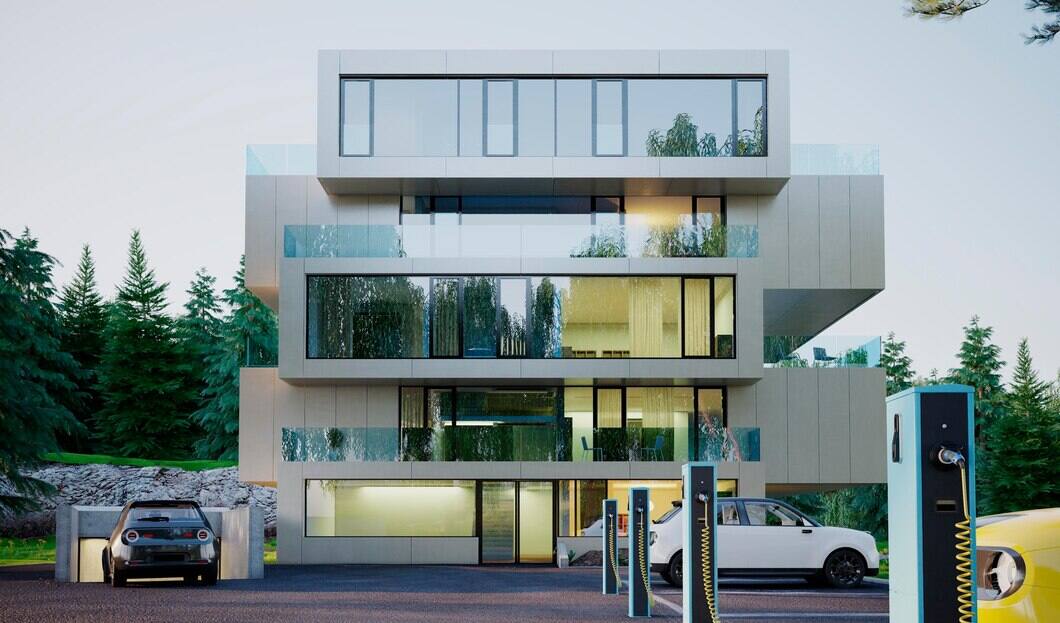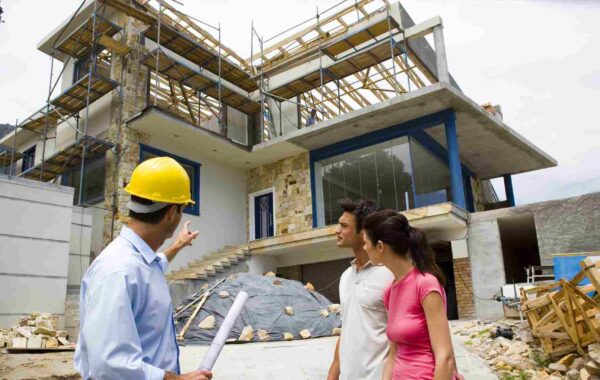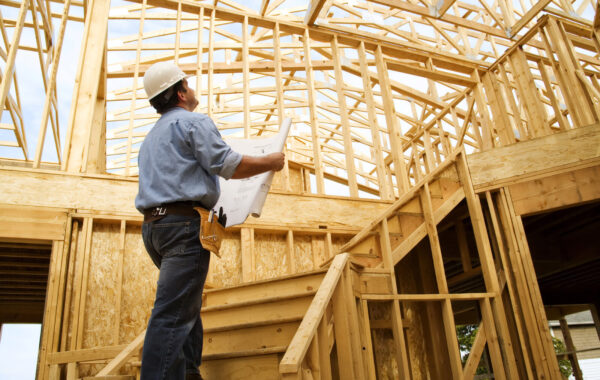
Architecture & Design: How to Choose the Right Firm for Your Dream Project
Constructing a brand new home or renovating an existing one is an exciting yet challenging adventure. Much is needed, such as carefully architects designing, constructing, and running with the right team to bring one’s vision to life. Most importantly, here is where one of the biggest decisions in life comes in: picking the right residential architecture firm.
That choice does not merely consist of hiring someone to draft blueprints; it is much more about partnership in understanding your vision, and your values, and having the experience to guide you through that process of design and construction. With the right architecturalural firm, your experience will be even smoother, and you will have a home that is beautiful and functional.
This guide will help you figure out some important factors you should consider when making your selection of an architecture firm.
Who Is an Architect?
An architect is a trained professional who conceptualizes, designs and oversees construction. “Plans are only a small part of the process—architects focus on creating spaces that are both practical and beautifully designed to fulfill their purpose.”
Individuals must go through specialized education, experience training, and assume licensing or certification, according to different countries, to become an architect. Aside from using knowledge of building codes, materials, environmental factors, and human-centered design, they should continually possess deep insights regarding creating spaces that improve people’s lives.
What Does an Architect Do?
The role of an architect is diverse and involves several key responsibilities, from the initial idea stage to the final construction.
1. Conceptualizing and Designing Buildings
An architect first understands the client’s needs, budget, and vision. It then imagines a concept design integrating all functions, aesthetics, and sustainability. Sketches, drawings, and digital 3D models are used to recreate them before the construction stage.
2. Creating Technical Plans and Blueprints
After finalizing the design, the architect prepares a detailed architectural plan, the precise dimensions, the nomenclature of materials, and all specifications necessary for construction to perform the design as foreseen.
3. Compliance with Building Codes and Regulations
That structure must comply with all local building codes, zoning laws, and safety regulations. The architecture will ensure that the design meets the relevant legal requirements, thus preempting problems during construction and afterward.
4. Collaborating with Other Professionals
Architects work closely with structural engineers, urban planners, interior designers, and landscape architects to ensure the project functions effectively. They coordinate the project so that everything about a building is known in terms of strength, beauty, and usability.
5. Overseeing Construction and Project Management
Architects oversee the actual construction, ensuring that it follows the design as it was originally conceived and that quality standards are met. They are required to visit the construction site frequently, solve incidents that arise, and collaborate with contractors to keep the project on pace and within budget.
Tips to Find the Right Architect for Your Dream Home
You invest a lot into building a house, but the verdict upon which architect to choose makes all the difference. A competent architect does not just make your dream come into existence but also ensures that it is functional, beautiful, and long-lasting. But how does one select the best architect for the job?
Here are the essentials you need to look at when choosing an architect for your home building.
- Clarify Your Vision and Needs
First, have a clear project requirement before contacting any architects or design firms. A well-conceived wishlist will enable your expectation communication, as well as have the best design complementing your vision.
What do you already know and where might you need professional help? Setting a financial scope is a good thing early on.
Questions to Ask:
- What is the primary purpose of this project?
- What kind of spaces do you think you will need?
- Is it for a home, office use, or mixed?
- Do you have some design inspirations or reference photos?
- How many rooms or functional spaces are required?
Creating a mood board or gathering design references can be extremely useful in the early planning phase. Visual aids will help your architect understand your style preferences and functional needs, ensuring a design that truly reflects your vision.
- Seek Recommendations from Trusted Sources
Initially, you should inquire with friends, family, and colleagues who have recently constructed or remodeled a home. A personal referral can offer a reliable perspective on an architect’s manner of working, dependability, and pricing. Recommendations from individuals with firsthand encounters can save you time and spare you from straying into possible pitfalls.
- Set a Realistic Budget
Before commencing, you should establish how much you are willing to pay for architectural services. Architect fees may differ significantly, depending on personal stature, reputation, and complexity of the project. The total construction costs should include permits, materials, and contingencies. A well-defined budget will bring your choices closer and will also save you later on financial embarrassments.
- Explore and Shortlist Potential Architects
As soon as you have an idea of what your budget is, start researching architects in your area. You can source them from:
- Recommendations by friends
- Online searches and professional directories
- From architectural magazines and home design websites
Once you gathered the list visit their sites, look at their portfolios, and read their clients’ testimonials. Identify architects whose work resonates with the vision and style you want.
- Review Their Experience and Portfolio
A strong portfolio says a lot about an architect’s expertise. Giving careful attention to:
- The style and quality of past projects
- Experience in residential designs similar to yours
- Ability to follow local building codes and zoning regulations
When choosing an architect, assess their experience in sustainability, adaptive reuse, or modern aesthetics if those factors align with your vision. Past projects should also embody a mixture of inspiration, practicality, and code compliance.
- Schedule a Consultation
When you have chosen your top candidates, arrange to meet with them. Make use of this opportunity to ask questions on:
- Their approach to design and problem-solving
- Relevant experience with similar projects in the past
- The type of services offered (design only, or full project management)
Besides technical skills, try to find out about the way they communicate. You will work very closely with your architect, so it is really important that you feel comfortable working with him/her.
- Ensure They Align with Your Vision
Each architect has a distinctive philosophy on design. Some may be experienced in clean lines and modern, while others work better in traditional and rustic design. Ensure their style relates to your vision and that they understand your very own needs.
Also, check out how these professionals are rated. Read clients’ impressions and, when possible, visit completed projects to assess the quality of their work.
- Verify References and Past Client Feedback
Before determining the final choice, procure references from previous clients. Speaking about past clients can reveal:
- The professional and reliable nature of architects
- Their ability to adhere to the schedule and budget.
- Ways in which they were able to handle challenges during construction.
If possible, visit some of their completed projects to obtain first-hand information on their craftsmanship and design execution.
- Pay Attention to the Details
Once you’ve chosen an architect, ensure that all are specified in writing in your agreement. That is:
- Phase and then the duration of the project
- Design specifications and deliverables
- Schedules of payment and any extra costs
Go through all documents carefully before signing an agreement to avoid misunderstandings at a later date. A well-defined contract protects both you and the architect to make the entire process smooth and efficient.
Wrapping Up
The tips mentioned above for choosing an architect for your dream home help you identify the right professional who understands your vision and has a proven success record in home design and construction. Your choice, an architect, is very instrumental in bringing your ideas to reality, so consider your options carefully.
Total Mobile Restoration is proud to be a leading construction and remodeling company with in-house expert architects, designers, and skilled laborers who will help you realize your dream home. Our commitment to quality craftsmanship and attention to detail make the entire process-from concept to completion-an enjoyable and hassle-free experience. Let us help you create a space that is truly representative of your style, needs, and dreams.
Have questions about designing your home?
Our experienced team is just a call away.
Reach out now to get started!




